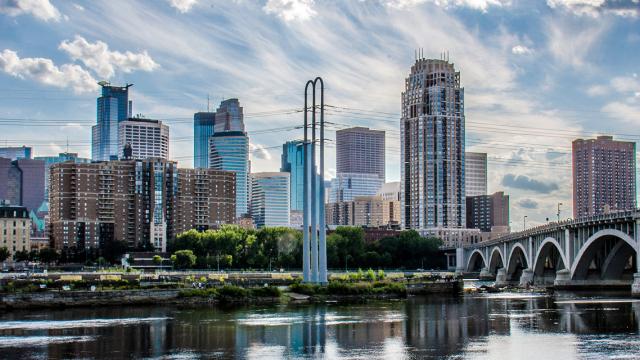Built Environment
The built environment encompasses human-made or modified landscapes, structures, and infrastructure systems. This chapter focuses on components of the built environment found in and around cities and suburbs across the country, where most Americans live and work.
Title
Key Messages
Text
- Urban areas are major drivers of climate change.
- Attributes of the built environment exacerbate climate impacts, risks, and vulnerabilities.
- Urban environments create opportunities for climate mitigation and adaptation.
- Community-led actions signal a shift toward equitable climate governance.
From the Built Environment, Urban Systems, and Cities chapter of the Fifth National Climate Assessment.
Looking for previous narratives?
Tools for Urban Resilience
Related Case Studies & Action Plans
Image

Shu Sun University of Oklahoma Gibbs College of Architecture








